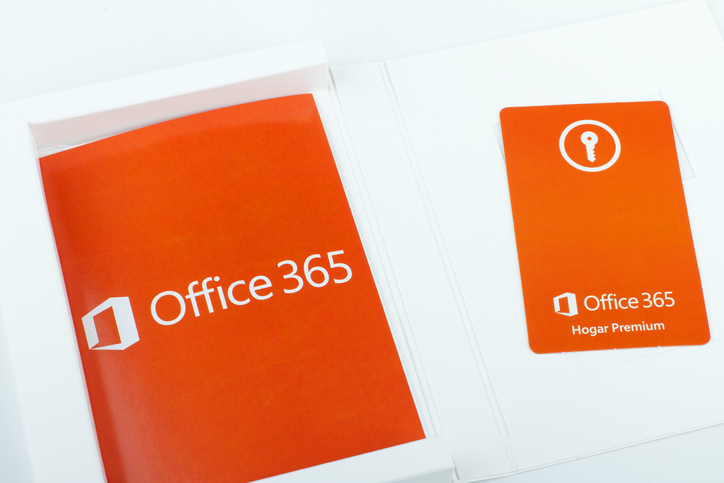Three ways your Office 365 data is at risk – and one solution to them all
Office 365 remains the world’s most popular productivity platform for several reasons. As well as providing the tools required to complete most basic productivity tasks, the subscription model helps businesses better manage their capital spend. And because files and documents are synced to the cloud, Office 365 offers some degree of improved resilience. But there […]
Three ways your Office 365 data is at risk – and one solution to them all Read More »



